Twig catfish - Farlowella vittata
Scientific name: Farlowella vittata
Common name: Twig catfish
Family: Loricariidae
Usual size in fish tanks: 12 - 15 cm (4.72 - 5.91 inch)
014
Recommended pH range: 6 - 7
Recommended water hardness: 3 - 8°N (53.57 - 142.86ppm)
0°C 32°F30°C 86°F
Recommended temperature range: 24 - 26 °C (75.2 - 78.8°F)
The way how these fish reproduce: Spawning
Where the species comes from: South America
Temperament to its own species: peaceful
Temperament toward other fish species: peaceful
Usual place in the tank: Bottom levels
Short description
The Twig catfish (Farlowella vittata) is a slender, stick-like loricariid specialized for life on submerged branches and stems. It is peaceful but delicate, thriving only in very clean, well-oxygenated water with stable parameters. Most time is spent motionless, clinging to wood, plant stalks, or even the glass—excellent camouflage that helps this species avoid stress when provided with plenty of cover and gentle flow.
Origin
South America; primarily the Amazon and Orinoco drainages (Brazil, Peru, Colombia, Venezuela), inhabiting slow to moderate, clear waters with abundant submerged wood and vegetation.
Food and feeding
A cautious aufwuchs/biofilm grazer. Offer high-quality algae/spirulina wafers and soft vegetable matter (blanched zucchini, cucumber, spinach), and allow a light algal film to develop on smooth wood/rocks for grazing. Supplement sparingly with fine frozen foods such as daphnia or cyclops. Avoid protein-heavy diets; consistent access to plant matter and biofilm is key.
Sexing
Mature males develop a broader rostrum with fine bristles/odontodes and thicker cheek odontodes; females have a narrower, smoother snout and appear fuller when gravid.
Breeding
A substrate-attaching spawner. The male cleans a vertical or slanted surface (glass, leaf, wood) and guards a clutch of roughly 30–60 eggs, fanning them until hatching in about 7–10 days (temperature-dependent). Fry remain delicate: provide immaculate water, strong oxygenation, and constant access to soft greens, powdered algae foods, and natural biofilm.
Lifespan
Typically 8–10 years in excellent conditions (claims of 12–15 years are exceptional and seldom achieved in aquaria).
Behavior & compatibility
Very peaceful and timid. Keep with calm, non-nippy tank mates that won’t outcompete them at feeding (small tetras/rasboras, gentle dwarf cichlids, small Corydoras). Avoid boisterous species and fin-nippers. Provide multiple perches and quiet zones to reduce stress.
Tank requirements
- Footprint & scape: open lanes with plenty of driftwood/branches, stems, and smooth rocks for perching and biofilm growth.
- Substrate: fine sand or rounded gravel; leaf litter optional.
- Flow & oxygen: gentle to moderate current with strong aeration; low nitrate.
- Water: soft, slightly acidic to neutral (pH ~6.0–7.0); stable temperature.
- Maintenance: frequent partial water changes and careful feeding; avoid sudden parameter swings.
Pictures
Bought by aqua-fish.net from jjphoto.dk.
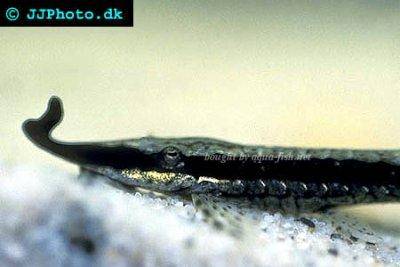





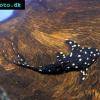 Adonis
Adonis 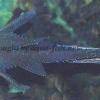 Lyre
Lyre 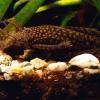 Bristlenose
Bristlenose 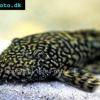 Gold
Gold  Bushymouth
Bushymouth  Spotted
Spotted 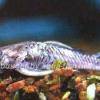 Medusa
Medusa 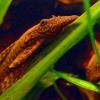 Bristlenose
Bristlenose 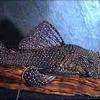 Starlight
Starlight 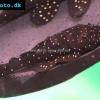 Spotted
Spotted 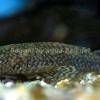 Catfish
Catfish 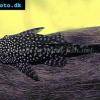 Bushynose
Bushynose 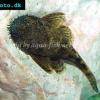 Bristlenose
Bristlenose 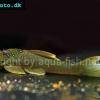 Green
Green 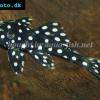 LDA-33
LDA-33 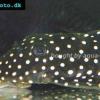 Snowflake
Snowflake 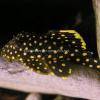 Gold
Gold 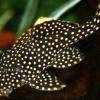 Gold
Gold  Bulldog
Bulldog 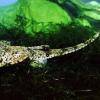 Dasyloricaria
Dasyloricaria 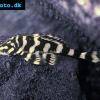 Butterfly
Butterfly 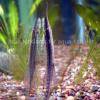 Whiptail
Whiptail 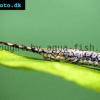 Amazon
Amazon 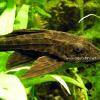 Spotted
Spotted 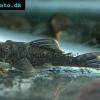 Spotted
Spotted 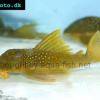 Lemon
Lemon 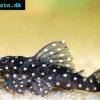 Pleco
Pleco 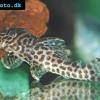 Peruvian
Peruvian 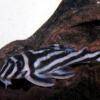 Zebra
Zebra 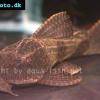 Pleco
Pleco 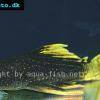 Hypostomus
Hypostomus 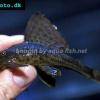 Pleco
Pleco 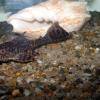 Suckermouth
Suckermouth 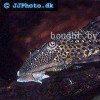 Spotted
Spotted  Woodeating
Woodeating 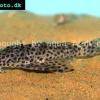 Golden
Golden 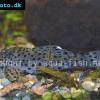 Sultan
Sultan 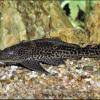 Multiradiatus
Multiradiatus 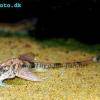 Marbled
Marbled 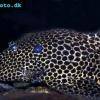 Pleco
Pleco 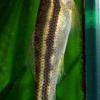 Dwarf
Dwarf 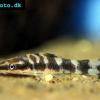 Dwarf
Dwarf 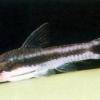 Dwarf
Dwarf 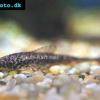 Oxyropsis
Oxyropsis 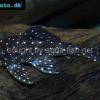 Orange
Orange 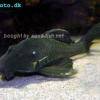 Blue
Blue 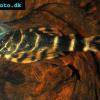 Clown
Clown 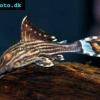 Royal
Royal 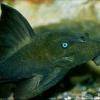 Blue
Blue 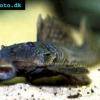 Rubber
Rubber 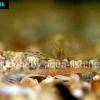 Goby
Goby 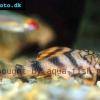 Wormline
Wormline  Para
Para  Tiger
Tiger 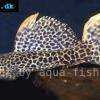 Leopard
Leopard 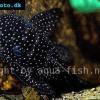 Spiny
Spiny 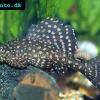 Marbled
Marbled 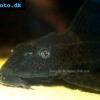 Amazon
Amazon  Common
Common 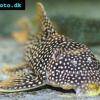 Sunshine
Sunshine 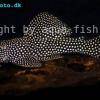 Golden
Golden